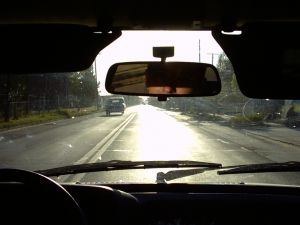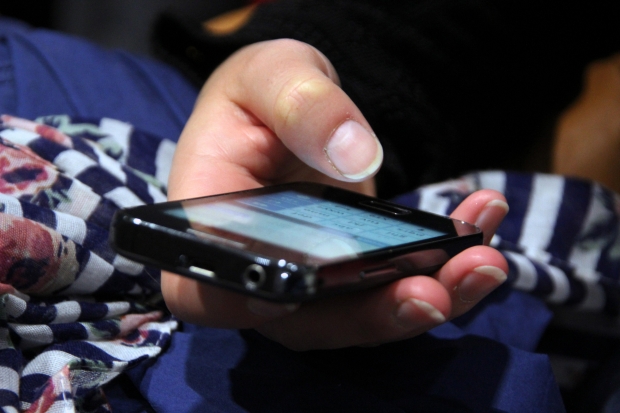A South Florida seafood restaurant has been deemed liable to pay $2 million in damages after a federal jury determined the restaurant’s employee was acting in the course and scope of employment at the time of a crash that injured another driver. The question of exactly what the worker was doing at the time of…
Continue reading ›Articles Posted in car accident injury
The holidays are a time to spend with family and loved ones and celebrate the season. People especially look forward to New Year’s Eve and the chance to start all over again with a clean slate. But sadly, for far too many people, New Year’s is a time of endings. That’s because there is a…
Continue reading ›A 28-year-old Uber passenger in Orlando was killed in December when the driver allegedly ran a red light and struck a deputy, speeding through the intersection. Now, the family of that victim, Corey Allicock, is suing: Uber The Uber Driver The Deputy Although investigators did not fault Seminole County Sheriff’s Deputy Scott Sullivan in the…
Continue reading ›A man injured in a car accident last year is suing not only the young driver who slammed into him, but the social media platform on which she was allegedly engaged at the time of the wreck. According to the complaint in Maynard v. McGee and Snapchat, filed in a Georgia state court, plaintiff alleges…
Continue reading ›















